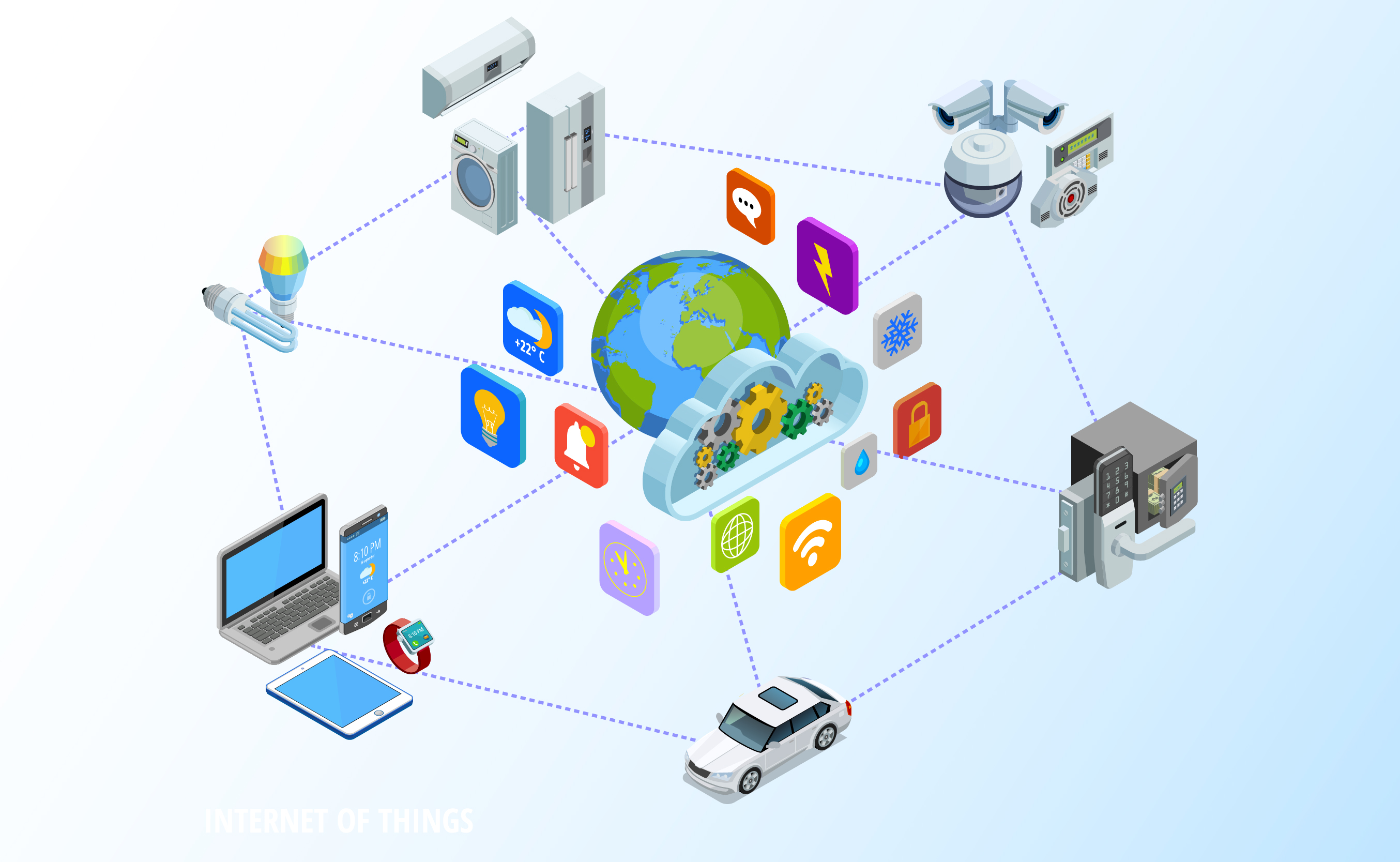Introduction that will Remote Access IoT: What It is actually together with So why It all Matters
Introduction that will Remote Access IoT: What It is actually together with So why It all Matters
Blog Article
In today's rapidly evolving technological landscape, the Internet of Things (IoT) has emerged as a game-changer, integrating everyday objects with digital networks to produce them smarter and more connected. One of the very most compelling facets of IoT is Remote Access, a concept that's revolutionized exactly how we interact with devices and systems. But what exactly is Remote Access IoT, and exactly why is it so crucial in the current world?

What Is Remote Access IoT?
Remote Access IoT refers to the capability to control, monitor, and interact with Internet-connected devices from the distance remote monitor iot. This functionality is achieved through a mix of IoT technology and remote access protocols, allowing users to handle devices in real-time from virtually anywhere on earth utilizing a smartphone, tablet, or computer.
At its core, Remote Access IoT leverages the power of cloud computing and connectivity. Devices equipped with sensors, actuators, and communication modules send data to a cloud-based platform. Users may then access this data and control the devices remotely through a net connection.
Key The different parts of Remote Access IoT
- Connected Devices: They are the physical objects embedded with sensors and communication modules that collect and transmit data. Examples include smart thermostats, security cameras, and industrial machinery.
- Cloud Platforms: These platforms store and process the data collected from IoT devices. They also give you the interface through which users interact with their devices.
- Remote Access Protocols: These protocols enable secure communication between the consumer and the IoT devices. They include technologies like Virtual Private Networks (VPNs), secure web protocols (HTTPS), and specialized IoT communication standards.
- User Interfaces: Typically in the form of apps or web dashboards, these interfaces allow users to see data, receive notifications, and control devices remotely.
Why Remote Access IoT Matters
- Convenience and Efficiency: Remote Access IoT simplifies the management of devices. As an example, homeowners can adjust their thermostats or switch off lights from their smartphones, while businesses can monitor and control industrial equipment from a central location. This convenience leads to increased efficiency and streamlined operations.
- Enhanced Security: IoT devices often include advanced security features such as for example real-time alerts and remote lock controls. Like, a security camera system with Remote Access allows users to monitor live footage and receive notifications of unusual activity, enhancing overall security.
- Cost Savings: Remote Access IoT can contribute to significant cost savings. By optimizing the operation of devices, such as for example adjusting heating or cooling systems predicated on real-time data, users can reduce energy consumption and operational costs. Businesses also can perform remote diagnostics and maintenance, minimizing downtime and repair expenses.
- Improved Data Insights: The capacity to remotely access and analyze data provides valuable insights into device performance and user behavior. These details may be used to produce informed decisions, improve processes, and predict maintenance needs.
- Accessibility: For people who have disabilities or those managing multiple properties, Remote Access IoT offers greater accessibility and control. This technology ensures that users can maintain control over their environment aside from physical location or mobility.
The Future of Remote Access IoT
As technology continues to advance, the scope and capabilities of Remote Access IoT are likely to expand. Innovations in AI, machine learning, and edge computing will further enhance the functionality and intelligence of connected devices. Additionally, as cybersecurity measures evolve, users can expect sustained protection for their remote interactions.
In conclusion, Remote Access IoT is transforming exactly how we interact with technology, offering unparalleled convenience, efficiency, and security. Its impact spans various sectors, from smart homes to industrial automation, underscoring its importance in the current digital ecosystem. As IoT technology continues to progress, Remote Access will play a pivotal role in shaping the ongoing future of connectivity and control. Report this page